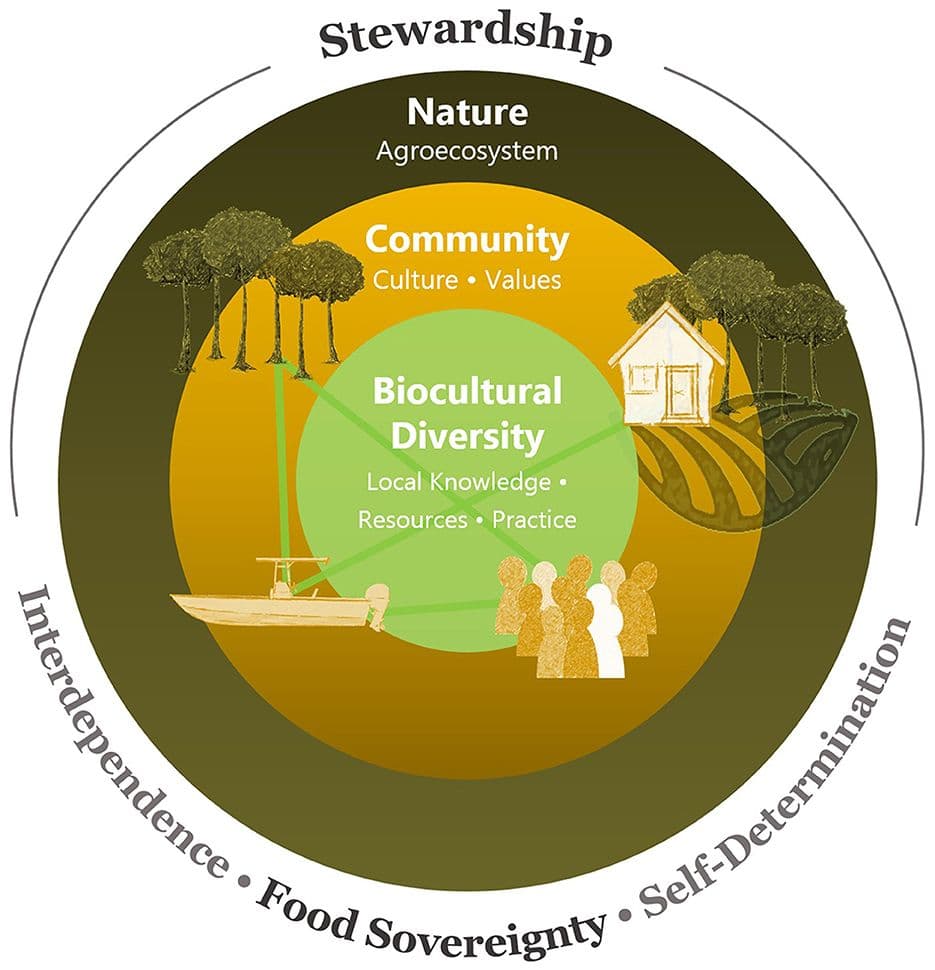
Integrating Ecological and Cultural Values in Biocultural Diversity Assessment
This research line focuses on developing and applying interdisciplinary frameworks to assess biocultural diversity by jointly considering ecological and cultural dimensions of landscapes. This research is grounded in the principle that biodiversity and cultural diversity are not isolated phenomena but are deeply interconnected through shared knowledge systems, land-use practices, belief systems, and languages that reflect and sustain the diversity of life on Earth. It explores how biological and cultural values co-evolve, interact, and shape each other across spatial and temporal scales.
Emphasis is placed on identifying indicators that capture both tangible (e.g., species richness, land-use diversity) and intangible (e.g., traditional knowledge, cultural identity) aspects of human–nature relationships. The goal is to advance integrative valuation approaches that support more inclusive conservation and sustainable land management policies grounded in local values and practices.
The field also explores governance mechanisms that support the rights, agency, and knowledge of Indigenous peoples and local communities, promoting inclusive conservation strategies that align with the principles of equity, justice, and sustainability. Ultimately, the assessment of biocultural diversity aim to inform policy and practice by making visible the often-overlooked cultural dimensions of biodiversity, supporting conservation models that are more holistic, culturally grounded, and socially just. This research contributes to broader efforts toward biocultural sustainability—where the health of ecosystems and the vitality of human cultures are recognized as mutually reinforcing pillars of resilient socio-ecological systems.